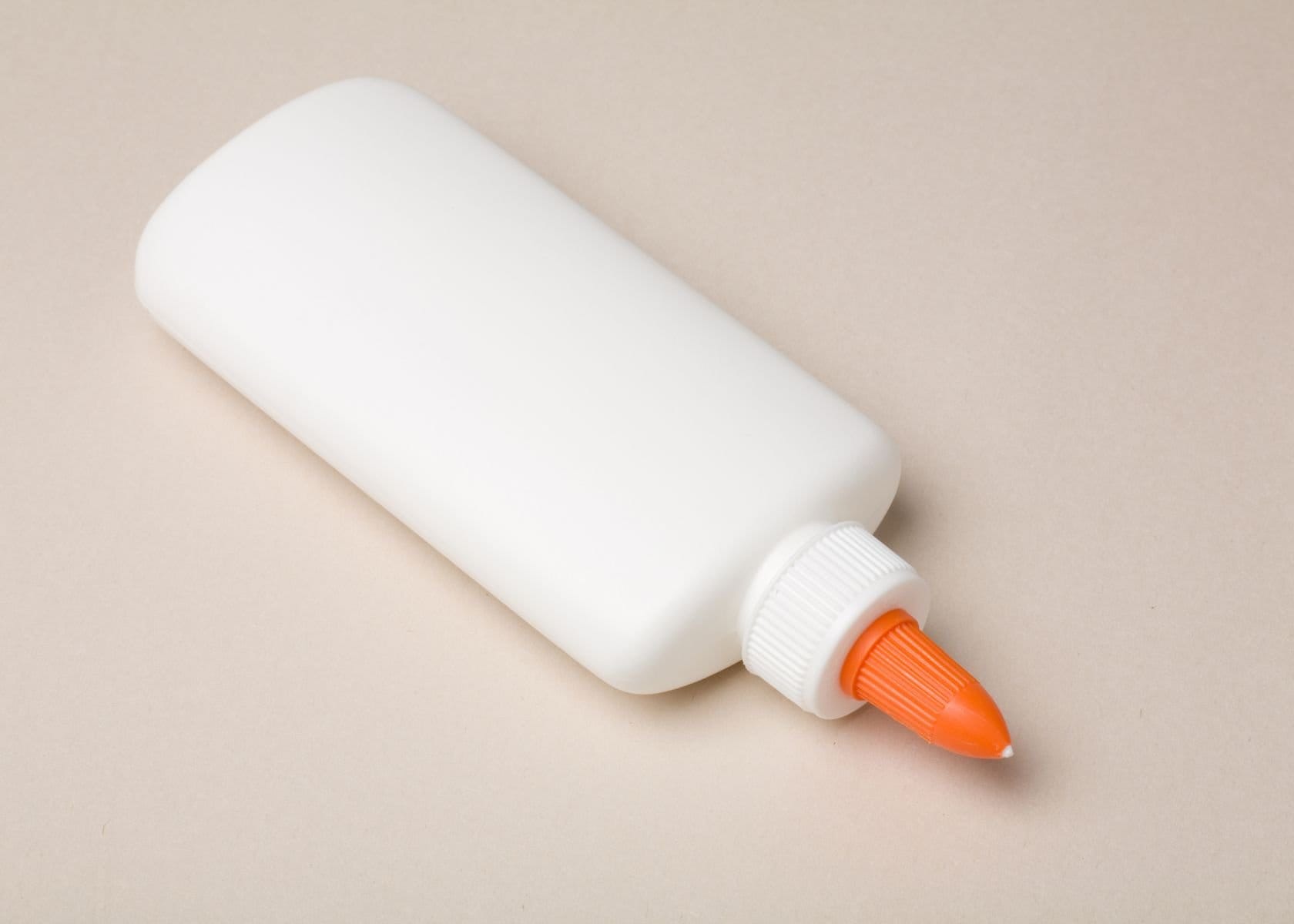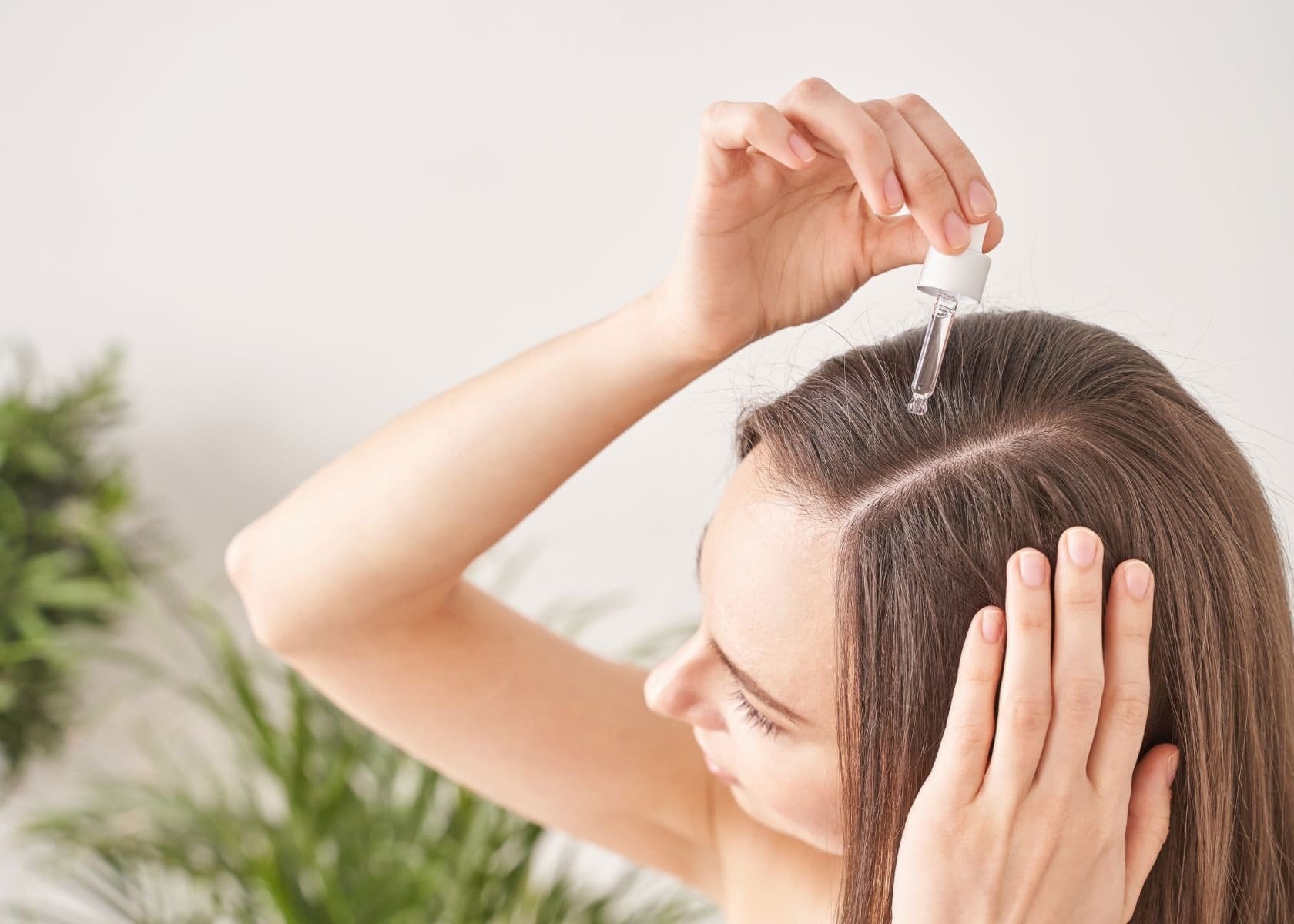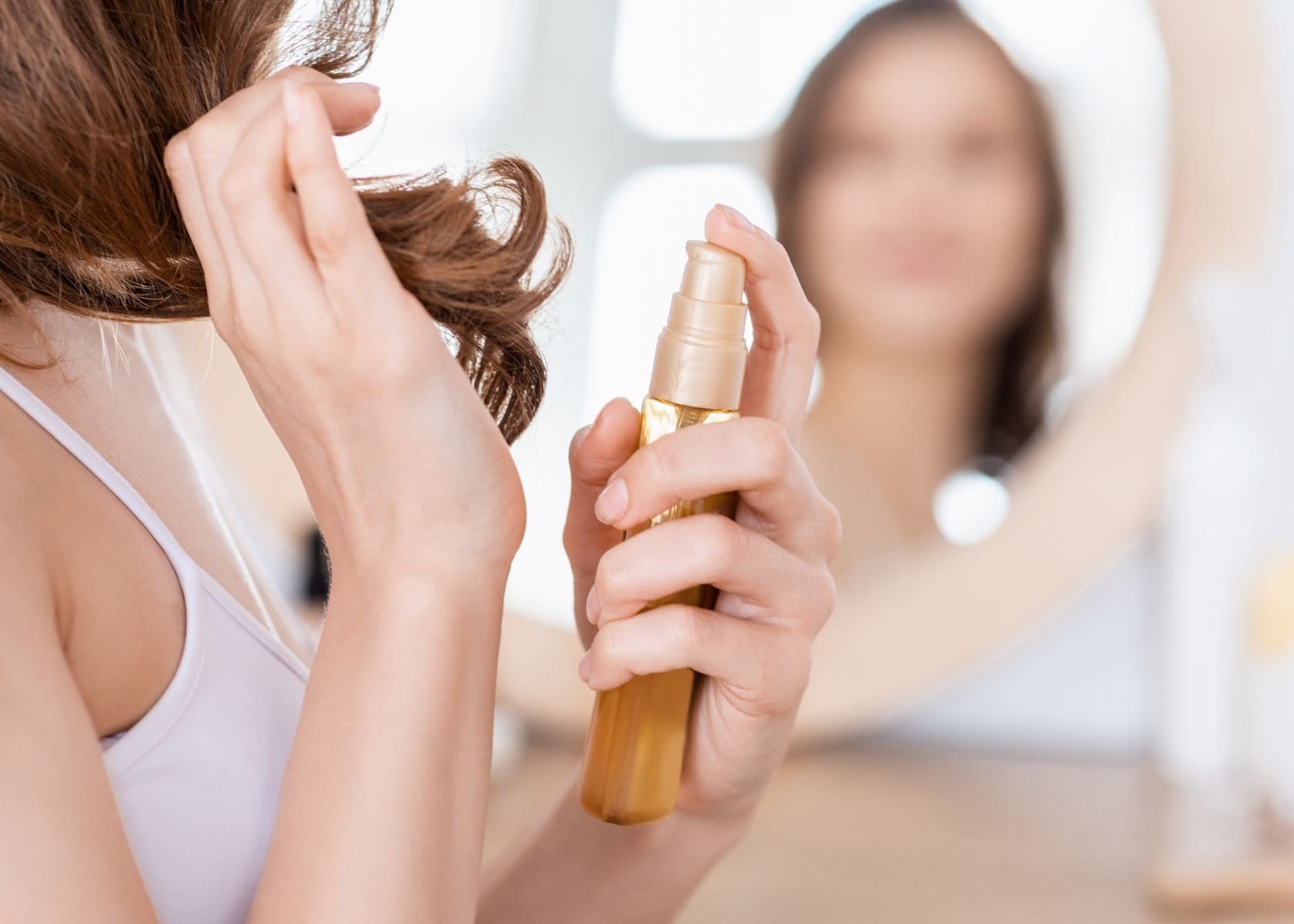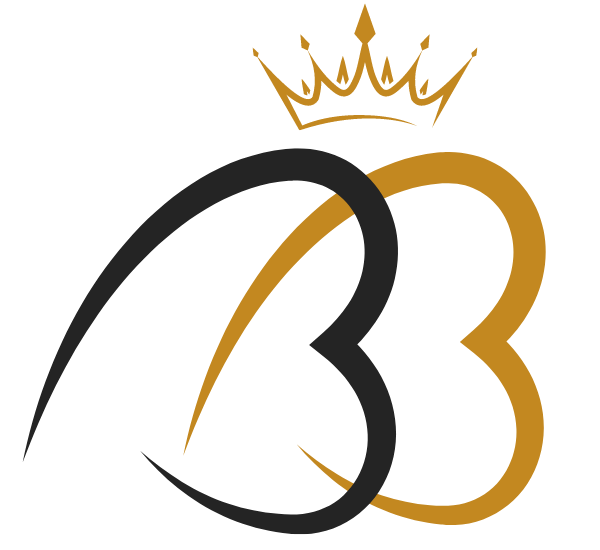Struggling with clumps of wig glue in your hair? We've all been there. You tried a new hairstyle for an event; it looked fabulous, but now that stubborn adhesive won't budge from your precious locks.
Did you know rubbing alcohol can come to the rescue? It's a popular trick many use to tackle those sticky situations.
But fear not! Our guide is packed with simple solutions and safety tips so you can free your hair without fuss or damage. From household items to gentle techniques, we'll walk you through each step.
Say goodbye to that pesky wig glue. Ready to find out how? Keep reading, and let’s see how to get wig glue removal process work for you.
- Use items like rubbing alcohol, warm water, acetone, Vaseline, and oils to gently dissolve and remove wig glue from hair.
- Always conduct a skin test before applying any product to your scalp or hairline to prevent allergic reactions.
- Be patient when removing the wig and the glue; rush jobs can damage both your skin and hair.
- After glue removal, thoroughly wash and condition your hair to eliminate residue and maintain hair health.
- Seek professional advice if unsure about safe removal methods for wig glue to avoid potential issues.
The Importance of Removing Wig Glue from Hair

Leaving wig glue in your hair can lead to discomfort and even damage over time. This strong adhesive is designed to keep wigs secure, but if it's not removed properly, it can pull on hairs and irritate the scalp when you're ready for a change.
Accumulated glue residue traps dirt, oils, and products close to the skin, which could cause clogged pores or follicles. Ensuring complete removal of wig glue preserves the health of your natural hair and scalp, maintaining a clean base for future applications.
Properly cleaning away this adhesive allows your skin to breathe and reduces potential risks such as allergic reactions or hair breakage. Moreover, regular haircare routines become more effective when not obstructed by leftover residues from wig adhesives; this makes subsequent styling easier and keeps your natural locks looking their best.
Vigilance in removing hair glue also upholds good hygiene standards and contributes positively to overall wig maintenance, ensuring longevity for both your natural tresses and styled pieces alike.
6 Household Items for Removing Wig Glue

Lace front wig glue remover, warm water mixture, rubbing alcohol, acetone, Vaseline or emollient oil, and cream or oil can all be used to remove wig glue from your hair.
Each of these household items has its own specific method for effectively removing the adhesive without causing damage to your natural hair.
Lace Front Wig Glue Remover
To remove lace wig glue, using a lace front wig glue remover specifically designed for this purpose is the most effective option. These removers are formulated to dissolve and loosen the adhesive, making it easier to safely lift the wig from your hair without causing damage or irritation.
Applying the adhesive remover according to the instructions provided will help ensure that the process is as gentle and efficient as possible.
Additionally, when using a lace front wig glue remover, it's essential to follow up with thorough washing and conditioning of your natural hair to eliminate any residue and maintain its health.
Warm Water Mixture
One common, natural, and gentle method for removing lace wig glue is using a warm water mixture. This technique involves soaking a clean towel in warm water and gently applying it to the glued area.
The warmth helps to loosen the adhesive, making it easier to remove without causing damage to the hair or scalp.
A warm water mixture offers a gentle alternative for those looking to avoid harsh chemicals while effectively loosening wig glue from the hair. By allowing some time for the warmth of the water to work its magic, users can achieve successful removal without compromising their hair's health.
Rubbing Alcohol
Transitioning from using a warm water mixture to removing wig glue, rubbing alcohol is another effective option for hair adhesive removal. With its ability to dissolve and break down tough adhesives, rubbing alcohol, particularly 50% or 91% isopropyl alcohol, can be used to eliminate glue from lace wigs.
A simple application method involves dispensing a healthy amount onto a clean towel and wiping the hair with it. This cost-effective solution provides an alternative way of removing wig glue without the need for specific removers while ensuring efficient results.
This versatile household item has been recognized as a safe and effective option for removing various types of adhesives from hair and skin. When applied carefully and patiently, rubbing alcohol offers a gentle but thorough approach to tackling hair adhesive residue without causing damage or irritation. Make sure to gently rub and not be aggressive since you might have delicate lace wigs.
Acetone
Acetone is a strong solvent that can effectively remove dry wig glue from hair. Its powerful properties make it an ideal choice for breaking down and dissolving adhesive residue. When using acetone, it's important to apply it sparingly and with caution to avoid damaging the hair or scalp.
It should be used in a well-ventilated area and followed by thorough washing and conditioning of the hair to ensure all traces are removed.
Using acetone to remove wig glue is one of the most effective methods, but it requires careful handling due to its strength. The use of acetone comes with some precautions, as excessive use can lead to dryness and potential damage to the hair.
Vaseline or Emollient Oil
Vaseline or emollient oil is a gentle and effective option for removing wig glue from hair. Applying Vaseline or emollient oil to the affected area can help dissolve the adhesive, making it easier to gently peel off the wig without harshly tugging at the hair.
This method is particularly beneficial for those with sensitive skin or delicate natural hair, as it minimizes potential irritation and damage caused by aggressive removal techniques.
Additionally, Vaseline or emollient oil also helps moisturize the scalp and hair, promoting overall health and preventing dryness often associated with frequent use of adhesives.
Using Vaseline or emollient oil to remove wig glue aligns with natural hair care practices and eliminates the need for potentially abrasive chemicals. By massaging a liberal amount of Vaseline or emollient oil onto the glued areas and allowing it to sit for a few minutes, individuals can effectively loosen the adhesive before carefully peeling off their wigs.
Cream or Oil
Cream or oil can be used to remove wig glue from hair effectively without causing damage. Applying a generous amount of cream or oil to the affected area and gently massaging it into the hair can help break down the adhesive, making it easier to remove.
Additionally, using cream or oil with a cotton ball provides hydration and nourishment to the scalp and hair, promoting overall health and preventing dryness.
When choosing a cream or oil for removing wig glue, opt for natural options such as coconut oil, olive oil, or shea butter for their moisturizing properties. These products not only aid in removing the glue but also leave the hair feeling soft and rejuvenated.
Tips for Removing Wig Glue without Damage

Tie your short bob lace wigs hair back to prevent tangling, do a skin test for allergies, remove the lace front glue from back to front, be patient and careful when removing the glue. For more tips on safe wig glue removal techniques, keep reading.
Tie Your Hair
Secure your lace wig human hair away from the wig glue by creating a ponytail or bun. This prevents any stray strands from getting stuck in the adhesive and makes the removal process more manageable.
By tying your hair, you create a barrier between the wig glue and your natural hair, reducing the risk of it getting tangled or affected during removal. This simple step can help ensure that your natural hair remains unharmed while effectively removing the wig glue.
Do a Skin Test
Before attempting to remove wig glue from your hair, it's essential to conduct a skin test to ensure that the products or household items you plan to use won't cause any adverse reactions.
This can be done by applying a small amount of the chosen product or solvent on a discreet area of your skin, such as behind the ear, and monitoring for any signs of irritation or discomfort.
It's crucial to remember that everyone's skin reacts differently, so even if a particular product is generally safe for most people, it may not be suitable for you specifically.
Performing a skin test before using rubbing alcohol, warm water mixture, acetone, Vaseline emollient oil, or any other solution helps minimize the risk of allergic reactions and ensures that you can safely proceed with removing wig glue from your hair without causing harm.
Remove the Wig from the Back to the Front
To ensure a smooth and careful removal process, start by gently lifting the wig from the back of your head. Using slow and deliberate movements, gradually release the adhesive grip from the nape of your neck while avoiding any sudden tugs or pulls that could potentially damage your hair or scalp.
Once you have successfully loosened the back section, carefully work your way toward the front, ensuring that each part of the wig is released without causing discomfort or tension on your skin.
To avoid any unnecessary stress on your hairline and scalp, continue to peel off the wig in small sections until it is entirely detached. This methodical approach helps minimize any potential damage to both natural hair and skin while allowing for a safe and comfortable removal experience.
Wash and Condition Your Hair Afterwards
After removing wig glue from your hair, it is crucial to wash and condition your human hair lace wig. Gently shampooing your hair will help remove any residue left behind by the wig glue removal process.
This step also ensures that your scalp and strands are thoroughly cleaned, promoting healthy hair growth and preventing any potential irritation. Conditioning afterward helps to restore moisture and strength to your hair, leaving it soft, smooth, and manageable.
Once you have washed and conditioned your hair, it's important to thoroughly dry it before reapplying any styling products or wearing another wig. Wet or damp hair can compromise the adhesive of a new wig or cause tugging on the strands when applying heat for styling.
Additionally, make sure to use a mild shampoo and conditioner suitable for your specific hair type to maintain its health while ensuring all traces of the removed wig glue are completely eliminated.
How to Remove Wig Glue from Hair - FAQs
Wearing wigs or hair extensions with adhesive can be damaging if the glue is not properly removed. Getting glue residue out of your hair without causing breakage can be tricky.
That's why we've compiled this list of frequently asked questions to address common concerns around safely removing wig glue and adhesives from your hair.
What is the best way to remove wig glue from my hair?
To safely get rid of wig adhesive, you can use a specialized hair glue remover or solvent designed for lace wig glue removal that gently cleans away the glue without harming your hair.
Can I remove hair glue without washing my whole head?
Yes, you can target just the glued areas with specific hair products meant for removing adhesive from natural hair and follow up with careful combing to avoid washing your entire head.
Are there any natural methods for removing wig glue?
Sure are! You could try some DIY techniques using oil like olive or almond to break down the bond and then slowly slide out the remnants of the wig adhesive from your strands.
How do I clean off stubborn lace front adhesive if I don't have alcohol-based products?
For those tricky bits of lace front adhesive, apply an oil-based product to dissolve it; let it sit on your scalp a bit before softly rubbing away the residue without using harsh alcohol solutions.
Where can I find tips on getting rid of residual hair glue after taking off my wig?
Explore numerous online guides featuring various useful hacks and care advice; these include detailed steps on removing stubborn adhesives using both household items and professional-grade hair care products designed specifically for gentle wig removal techniques.
Conclusion
We have explored effective techniques for removing wig glue from hair using household items and natural remedies. These practical methods provide a simple and efficient way to address the issue of wig adhesive removal without causing damage.
By implementing these strategies, individuals can achieve successful results and maintain the health of their hair and scalp. For further guidance on hair care products or additional resources, consider seeking professional advice or assistance.
Take charge of your hair care routine with confidence and empower yourself with the knowledge to effectively remove wig glue from your hair. You can also look for professional lace wig repair services.
In the comments below, let us know how you remove wig glue from your hair.
Read More About Human Hair Wigs





